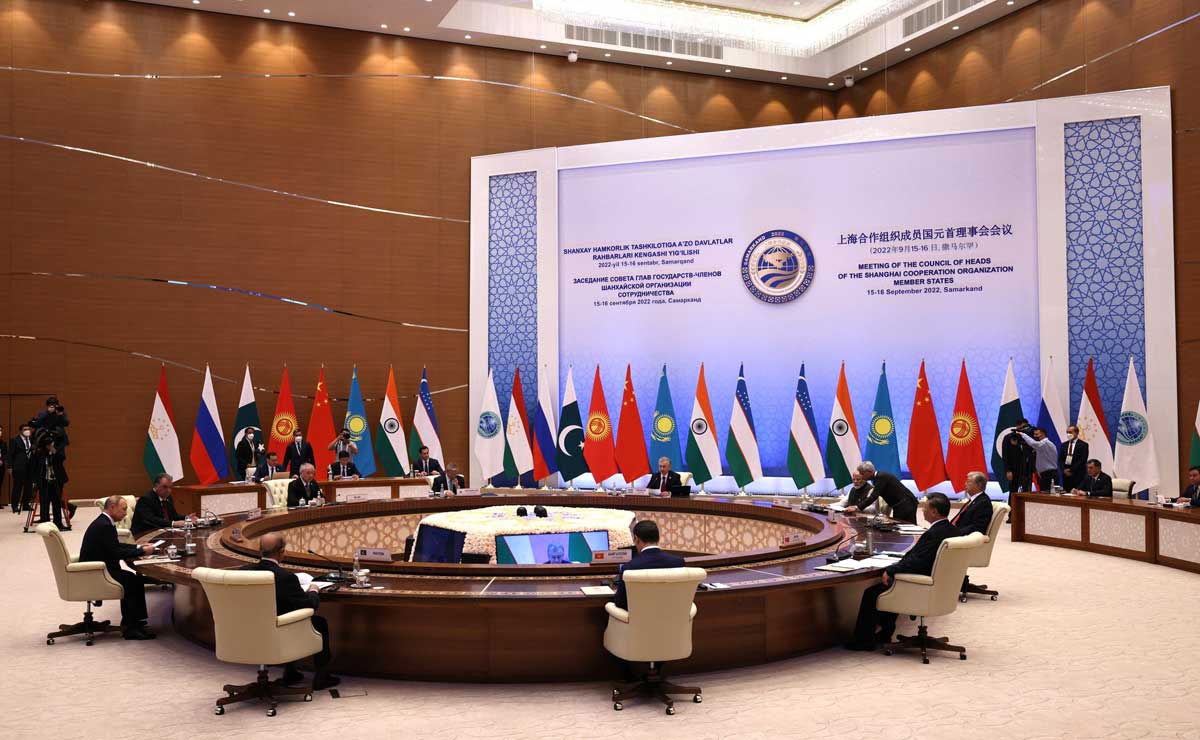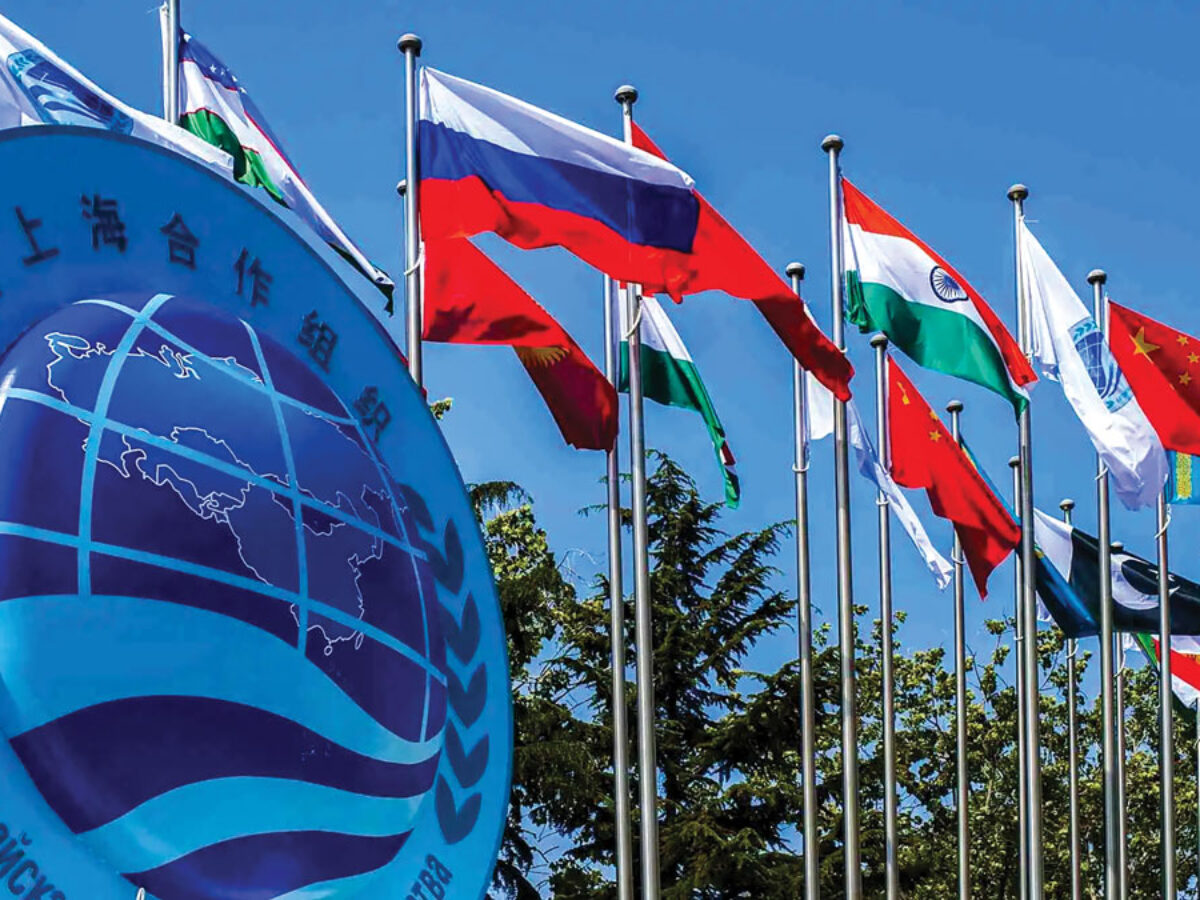The Shanghai Cooperation Organization (SCO) has grown in importance in the geopolitics of Eurasia. The United States has been cautiously observing the expansion of the Shanghai Cooperation Organization (SCO), especially in light of China’s and Russia’s positions in the organization. The major international powers, including China, Russia, and the US, are attempting to increase their political and economic influence in Central Asia. The Central Asian region’s energy resources, geostrategic value for security, and geographical location at crossroads are the primary drivers of this geopolitical confrontation between the major world powers. The United States’ interest in the region is growing considering the presence of China and Russia. The US’s engagement in the region is seen by both nations as a threat to their interests. These two countries consider the region to be exclusively inside their borders. The current political and economic order among the powers is perceived as being threatened by the United States’ presence in the region. The US is skeptical of their strong collaboration because US suspects that they can undermine US influence and further their own strategic goals.
The B5+1 Plan
The B5+1 concept was developed as an extension of Washington’s political interaction with the five Central Asian governments of Kazakhstan, Kyrgyzstan, Tajikistan, Turkmenistan, and Uzbekistan. The B5 signifies the five Central Asian governments, B in the B5+1 stands for business, and +1 refers for the United governments as a facilitator. The states of Central Asia have expressed their early support for the B5+1 initiative. It is still in the early stages of development, and the support of local and private sector governments will be critical to its long-term viability. The United States may find the B5+1 proposal to be a useful instrument in bolstering its influence in Central Asia and navigating the dynamics of the Shanghai Cooperation Organization (SCO).

This approach can serve to encourage economic integration among the B5 nations, allowing the United States to build a more appealing regional market, potentially competing with the SCO’s economic power. Moreover, the United States has made recommendations to boost transnational trade, including the creation of a standard digital CMR, or contractual documents in an electronic format that allows truck-borne commodities to cross borders smoothly.
The success of the B5+1 plan will most likely determine the United States’ future presence in Central Asia. If it can produce economic benefits, the United States can portray itself as a powerful regional development partner, promoting trade diversification and countering Russia and China’s influence. However, long-term commitment, negotiating regional dynamics, and dealing with challenges such as infrastructure development will be critical for the US to establish a lasting presence in Central Asia.

Research Associate, Pakistan House



